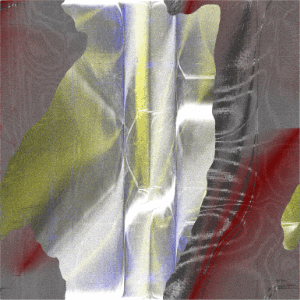Naturally big on beats and bass, though refracted, after its founder’s off-kilter bent, driven less by boom-bap imperative than the diffusion of a heady vibe via tone color and harmonic motif.
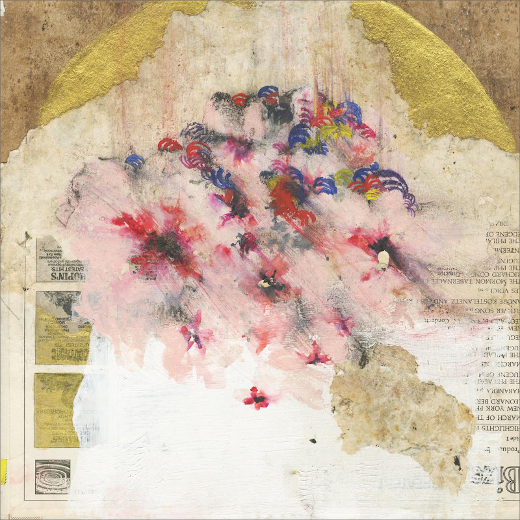
The diffusion of a heady vibe via tone color and harmonic motif
Teebs dropped his debut, Ardour, back in 2010 to some acclaim (‘one of the most beautiful albums of the year, alternating between trembling lullabies and softly thumping hip-hop daydreams.’ (Andrew Ryce, RA)). It burst with audio-mediated greenery—mellow and lush, languid and energized—with a warp and weft of instrumental collage smeared with a patina of ageing cream. The tone-painting beat-poet’s licence is here extended courtesy of Brainfeeder—2011’s self-released Collections 01 being more a set of sketches than an album proper—enabling a vein of kaleidoscopic hip-hop infused with elements from shoegaze to Exotica to be further mined. Title, E S T A R A, after estar (Sp.)—be/stay, ‘…applies more to a state of being, the feeling of understanding where you are, where you were, where you want to be, physically or mentally. I want listeners to grasp those feelings with a record like this.’ (Mtendere Mandowa, Earmilk).
Where Teebs is at is hard to pin down, but it sounds like a good place—mixing with mates, Jonti, Populous, and fellow-Son of the Morning, Scott Herren (Prefuse 73), and Jaga Jazzist‘s Lars Horntveth. As one of L.A.’s Flying Lotus–led Brainfeeder collective, he’s naturally big on beats and bass, though refracted, after its founder’s off-kilter bent, driven less by boom-bap imperative than the diffusion of a heady vibe via tone color and harmonic motif. Much is sun-struck and dreamy-warm, replete with collages of beat science and neo-pastoral ambience, like HipHop gone New Age, with tropes—rainsticks, wind-chimes, higher consciousness—recontextualized. “View Point” kicks in with a signature vignette of sun-struck head-nod with a coda at once blissed-out and elegiac—a rhythm’n’drone of sub-aquatic tabla-esque beat, chord timbres shifting from sharp chimes to dissipating waves. On “Shoouss Lullaby” he has a blithe-spirit melody softly hum to low-end prods and chimes creep, sleepy-headed, till Shigeto gives it heavier drum head and acoustic guitar chops. Sounds tend toward the eroded, the crumbly, or faded, drawn from sources close to where early Boards trod. “SOTM” might be from a dusty old loft-salvaged 78, backing in to low pitch-shifted drones, swells and static on a burble of percussion with a sprinkle of typewriter tick. On “Mondaze” he swathes a serene melody in bird-chirp for a piece of neo-Exotica, prelude perhaps to “Holiday (feat. Jonti),” another blur of chirruping tropical field haze and sun-bleached vox. On “Piano Days”/”Piano Months” FX-drenched keys are drizzled over plasterboard boom-bap and cymbal tick. With Scott Herren’s collusion “NY Pt. 2” becomes a neo-Calypso of airy woodblocks, elastic kicks and glassine guitar, languorous synth-arpeggios, and strings.
Teebs makes with the mix of Exotica, bucolica and ‘tronica a moodscape ranging from glazed reverie through wistful wooze, extending like one opus with a number of scene changes into an evolving whole. The tendency to balmy calm-down-tempo has not gone down without some carping—‘beautiful miniature musical worlds, but at what point do spaces like these—no matter how soothing or pretty—become a bit claustrophobic?’ (Stephen Weil, Tiny Mix Tapes). Ultimately, your mileage may vary as to whether and where nostalgic memory wallowing or tropical island escape reaches cloying tipping point. What is undeniable is that this beat-painting tone-poet makes an art of his eclectic nuanced and delicate groove-based collages. Sensorily strong, contextually open, suggestive rather than directive, spiritually, if not generically, ambient, E S T A R A is an affordance structure for the pleasures of drift.
E S T A R A is available on Brainfeeder.







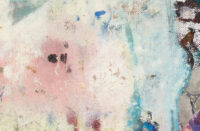
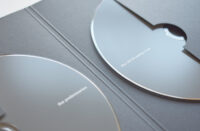



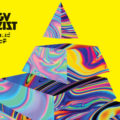
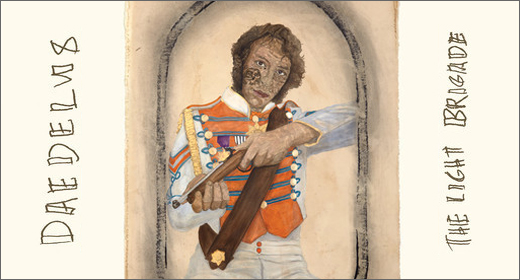
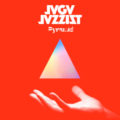
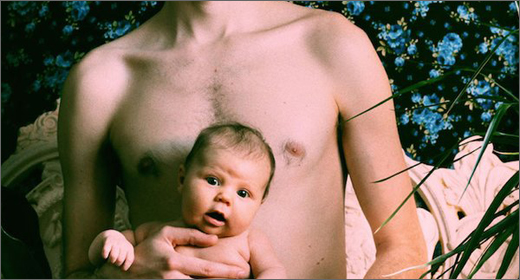

![Pole :: Tempus Remixes (Mute) — [concise]](https://igloomag.com/wp/wp-content/uploads/2025/04/pole-tempus-remixes_feat-75x75.jpg)






![Hasbeen :: Bunker Symphonies II (Clean Error) — [concise]](https://igloomag.com/wp/wp-content/uploads/2025/04/hasbeen-bunker-symphonies-ii_feat-75x75.jpg)
